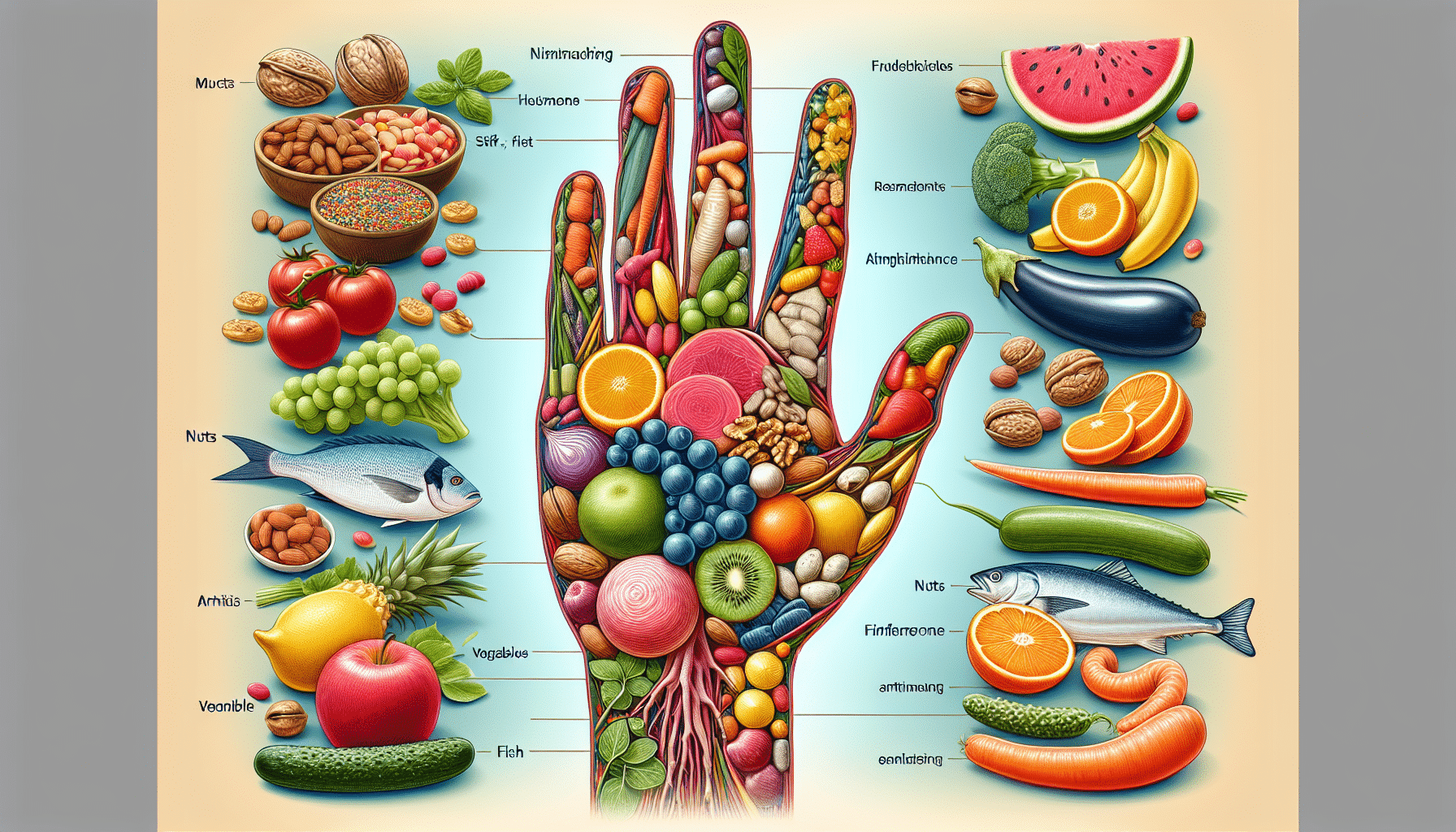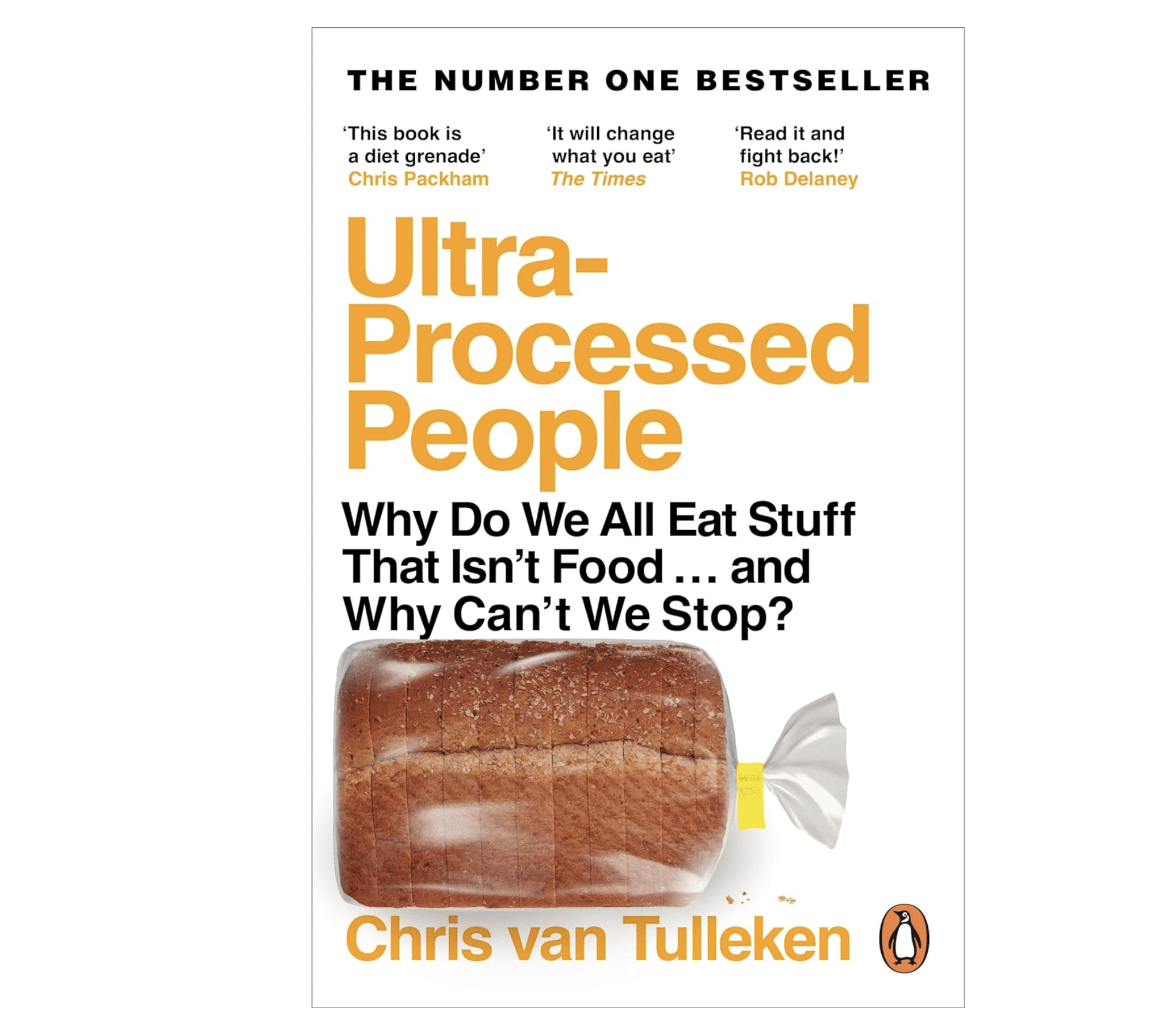
In Atomic Habits by James Clear readers are introduced to a transformative guide on habit formation.
Through his book, Clear provides practical strategies and insightful anecdotes that illuminate the power of small, incremental changes in shaping lasting habits.
By examining the science behind habit formation and sharing actionable tips, Clear empowers readers to break destructive cycles and cultivate positive routines that lead to personal and professional growth.
With its engaging storytelling and relatable examples, Atomic Habits is a valuable resource for anyone seeking to understand the profound impact of small habits on their lives.

Overview of the Book
Summary of the main concepts
Clear highlights that habits are not just random actions but are the building blocks that shape our lives.
He introduces the concept of habit stacking, emphasising the importance of identifying and implementing small habits that align with our desired outcomes.
Clear explores the role of identity in habit formation, explaining how our self-image influences our behaviours and provides strategies to cultivate a powerful and positive identity.
The author also introduces the four laws of behaviour change – making it obvious, making it attractive, making it easy, and making it satisfying.
These laws provide a framework for creating and sustaining new habits. Clear emphasises the impact of the environment on habits and provides guidance on designing an environment that supports positive behaviours.
Clear further explores the significance of habit tracking and continuous improvement, showcasing their effectiveness in maintaining and sharpening good habits. He provides practical examples, success stories, and actionable steps to help readers apply the concepts discussed throughout the book.
Importance of habits in personal and professional life
Habits play a pivotal role in our personal and professional lives. They influence our productivity, health, relationships, and overall well-being.
By understanding the science behind habit formation and acquiring effective strategies to develop and modify habits, individuals can take control of their lives and achieve their full potential.
Developing good habits, such as regular exercise, healthy eating, and effective time management, can lead to improved physical and mental health, increased productivity, and enhanced personal relationships.
On the other hand, bad habits, such as procrastination, unhealthy eating, and negative thinking, can have detrimental effects on many aspects of our lives and wellbeing.
By recognising the power of habits and implementing the principles outlined in Atomic Habits, individuals can transform their lives for the better, unlocking their true potential and experiencing remarkable personal and professional growth.
Author’s Background
Brief biography of James Clear
James Clear is an author, speaker, and expert in habit formation, decision-making, and continuous improvement. He is widely known for his engaging and informative writing, which has garnered a large following and earned him a spot on The New York Times best-seller list.
Credentials and expertise in the field
Clear’s expertise in the field of habit formation stems from years of research, personal experimentation, and practical experience.
He has studied the works of leading behavioural scientists and draws upon their findings to present evidence-based strategies in his book. Clear’s unique ability to distill complex concepts into easily understandable and actionable steps has made him a trusted authority on habit formation.
Relevance of the author’s background to the book
Clear’s background and expertise provide credibility to the concepts presented in Atomic Habits.
His extensive research and personal experiences make him well-equipped to guide readers through the process of habit formation.
By sharing his own struggles and triumphs, Clear establishes a sense of relatability and authenticity that resonates with readers, inspiring them to take action and embark on their own journey of habit transformation.
The Four Laws of Behaviour Change
Explanation of the four laws
The four laws of behaviour change serve as a framework for effectively implementing new habits and breaking old ones. Clear explains that by making these laws work in harmony, individuals can create a solid foundation for long-term habit formation.
- Make it Obvious: This law focuses on bringing awareness to cues and triggers that prompt certain behaviors. By making the cues more visible and prominent, individuals can increase the chances of engaging in desired actions.
- Make it Attractive: This law emphasises the importance of making desirable habits more appealing. By linking positive emotions, rewards, or incentives to desired behaviors, individuals are motivated to engage in them consistently.
- Make it Easy: Clear highlights the significance of simplifying habits and removing any barriers or obstacles that may hinder their adoption. By breaking down habits into small and manageable steps, individuals can make them more attainable.
- Make it Satisfying: This law underscores the importance of immediate rewards and positive reinforcement in habit formation. By associating pleasure or a sense of accomplishment with desired behaviours, individuals are more likely to maintain and reinforce those habits.
Examples and practical applications of each law
To make the concept of making it obvious more tangible, Clear suggests strategies such as using habit trackers or setting visual reminders in prominent places. For example, placing a gym bag by the front door serves as a visual cue to exercise.
To make habits attractive, Clear recommends creating a habit scorecard to identify the intrinsic rewards associated with desired behaviours. This helps individuals find personal motivation and pleasure in engaging in those habits.
Making habits easy involves breaking them down into small, manageable steps. Clear advises using the “two-minute rule,” which states that one should start with a habit that takes less than two minutes to complete. For instance, instead of committing to a full workout, one can start with a two-minute stretching routine, making the habit more achievable.
Clear highlights the importance of making habits satisfying by immediately rewarding oneself after completing the desired behaviour.
This can be anything from treating oneself to a healthy snack after exercising to celebrating a milestone reached in a project. By associating positive emotions with the habit, individuals are more inclined to continue engaging in it.
The Role of Identity in Habit Formation
Explanation of the concept of identity
Clear introduces the concept of identity as a key driver in habit formation.
Identity represents how individuals perceive themselves and the beliefs they hold about themselves. According to Clear, it is essential to align habits with one’s desired identity for successful habit formation.
How identity influences habit formation
Clear explains that habits do not just reflect who we are but also contribute to shaping our identity. By adopting and consistently practicing habits that align with the identity we aspire to have, we reinforce our self-image and increase the likelihood of maintaining those habits.
Strategies to shape and strengthen personal identity
To shape and strengthen personal identity, Clear recommends several strategies. One effective approach is to visualise the desired identity and imagine the habits associated with it.
By vividly seeing oneself as someone who possesses the desired traits and engages in the desired behaviours, individuals can align their habits with that vision.
Another strategy is to focus on small wins and celebrate incremental progress. By acknowledging the small positive changes resulting from the adoption of new habits, individuals build a sense of self-efficacy and reinforce their desired identity.
Additionally, integrating positive affirmations and using empowering language can help strengthen and reinforce the desired identity. By regularly affirming statements such as “I am a disciplined person” or “I am committed to my goals,” individuals can reshape their self-perception and reinforce behaviours that align with their identity.
Case studies or examples showcasing the power of identity
One powerful example Clear provides is that of a smoker who successfully quits by shifting their identity from being a smoker to being a non-smoker.
By changing their self-perception and adopting the habits of a non-smoker, they reinforce their desired identity and create long-lasting change.
Another case study Clear presents showcases an individual who transforms from a procrastinator to a proactive and productive individual. By aligning their habits with the identity of someone who values productivity and takes decisive action, they create positive habits that support their desired identity.
The Importance of Habit Stacking
Definition and explanation of habit stacking
Habit stacking refers to the practice of attaching a new habit to an existing habit, effectively “stacking” them together. By leveraging existing habits as triggers, individuals can seamlessly integrate new behaviours into their daily routines.
Advantages of habit stacking
Habit stacking offers several advantages in habit formation.
Firstly, it piggybacks off established habits, reducing the effort and mental energy required to incorporate new behaviours.
Secondly, it creates a clear cue and reminder for the new habit, increasing the likelihood of its execution. Lastly, it helps individuals build momentum by consistently practicing small habits, leading to more significant changes over time.
Step-by-step guide to implementing habit stacking
Clear provides a step-by-step guide to implementing habit stacking.
First, individuals must identify an existing habit that is already deeply ingrained in their routine. This could be something as simple as brushing teeth or making a morning cup of coffee.
Next, they need to select the new habit they want to adopt and determine how it can be linked to the established habit.
The key is to find a logical connection between the two, ensuring that the new habit seamlessly follows the existing one.
Once the connection is established, individuals should specify the exact process of habit stacking.
This involves clearly defining the action of the new habit and how it relates to the existing habit. By making this connection explicit, individuals are more likely to follow through with the desired behaviour.
To reinforce the habit stacking process, Clear suggests implementing a visual cue or leaving prompts in the environment. For example, placing a sticky note near the existing habit or setting a reminder on a phone can serve as a visual cue to trigger the new behaviour.
Success stories of individuals who used habit stacking
Clear shares numerous success stories of individuals who have successfully implemented habit stacking to transform their lives. For example, one individual started a habit of reading ten pages of a book after brushing their teeth in the evening.
Over time, this led to significant personal growth and increased knowledge.
Another success story involves an individual who wanted to increase their physical activity.
They decided to do five minutes of stretching immediately after putting on their workout clothes. This simple habit stacking technique eventually led to regular exercise and improved overall fitness.
Habit stacking has proven to be a powerful tool that enables individuals to effortlessly integrate new habits into their daily lives, making positive behaviour change more attainable and sustainable.
Breaking Bad Habits
Understanding the root causes of bad habits
Clear explores the underlying factors that contribute to the formation of bad habits. He explains that habits often arise as a response to certain cues or triggers, such as stress, boredom, or environmental cues. Understanding these triggers is crucial in identifying the root causes of bad habits.
Techniques to identify and replace bad habits
Clear presents techniques to identify and replace bad habits.
One effective method is to conduct a habit audit, which involves examining the cues, routines, and rewards associated with the habit.
By gaining a deeper understanding of the habit loop, individuals can identify alternative behaviours that can replace the undesirable habit.
Another technique Clear suggests is implementing a habit change experiment. This involves gradually modifying the habit loop by replacing the cue or routine associated with the bad habit with a new, positive behaviour.
By experimenting with different behaviour patterns, individuals can find strategies that work best for their unique circumstances.
Addressing triggers and cravings
Clear emphasises the importance of addressing triggers and cravings to break bad habits. By identifying the specific cues that prompt the undesirable behaviour, individuals can develop strategies to avoid or minimise exposure to those triggers.
Additionally, finding alternative ways to satisfy cravings, such as engaging in a healthy alternative or practicing a mindfulness technique, can help individuals overcome the urge to engage in the bad habit.
Case studies demonstrating successful habit reversal
Clear shares case studies of individuals who have successfully reversed bad habits. For example, one person overcame a long-standing habit of mindless snacking by identifying the emotional triggers associated with it and finding healthier ways to address those emotions.
By addressing the root cause and replacing the habit with healthier alternatives, this individual was able to break the bad habit and create a healthier lifestyle.
Another case study involves an individual who was able to quit smoking by breaking down the habit loop and finding a healthier substitute for the habitual action. By addressing the cravings and replacing the smoking routine with a new, positive behaviour, this individual successfully quit smoking and regained control over their health.
Clear’s insights and strategies provide a roadmap for readers to break free from the grip of bad habits and replace them with positive behaviours that align with their desired outcomes.

Building Good Habits
Identifying desired habits
Clear emphasises the importance of clarifying and identifying desired habits. By clearly defining the habits that align with our goals and values, individuals can intentionally direct their efforts toward positive behaviour change.
Creating effective habit formation strategies
To create effective habit formation strategies, Clear suggests employing several techniques. One such approach is habit reinforcement through repetition. By consistently practicing desired habits, individuals strengthen the neural pathways associated with those behaviours, making them more automatic and effortless over time.
Another technique is implementing habit cues or prompts.
By associating a specific cue, such as a time of day or an environmental trigger, with the desired behaviour, individuals can increase the likelihood of performing the habit consistently. For example, setting a reminder on a phone to meditate every morning can serve as a cue to engage in that habit.
Overcoming obstacles and resistance
Clear addresses the importance of overcoming obstacles and resistance when building good habits. He encourages readers to anticipate and prepare for potential challenges or setbacks that may arise along the way.
By developing strategies to overcome these obstacles, such as finding accountability partners or creating backup plans, individuals can stay on track and persevere in building positive habits.
Motivational techniques for maintaining good habits
To maintain good habits, Clear suggests implementing motivational techniques. One effective approach involves celebrating progress and milestones along the habit formation journey. By acknowledging the small wins and recognising the effort put into building the habit, individuals stay motivated and inspired to continue working towards their goals.
Another technique is to find intrinsic motivation by connecting the habit to a deeper purpose or value. By understanding the personal significance of the habit and how it aligns with one’s values and vision, individuals can cultivate a sense of meaning and purpose, driving them to maintain the habit.
Real-life examples of successful habit formation
Clear presents real-life examples of individuals who have successfully built and maintained positive habits. For instance, one person developed a consistent exercise routine by leveraging habit stacking. By linking exercise to an existing habit, such as walking the dog, they created a sustainable and enjoyable fitness routine.
Another example involves an individual who implemented a morning routine that included journaling, meditation, and goal setting. By consistently engaging in these habits, they achieved greater clarity, productivity, and overall well-being.
Clear’s practical strategies and real-life examples inspire readers to take action and build life-changing habits that contribute to their personal and professional growth.
The Impact of Environment on Habits
How environment influences behaviour
Clear emphasises the significant impact of the environment on habits and behaviour. He explains that the physical and social cues present in our environment shape our behaviours and can either support or hinder habit formation. By understanding the influence of the environment, individuals can make intentional changes to create an environment that fosters positive habits.
Designing an environment conducive to positive habits
Clear provides guidance on designing an environment that supports positive habits. This involves making small changes that nudge individuals toward desirable behaviours. For example, placing healthy snacks in prominent places and removing unhealthy options from sight can encourage nutritious eating habits.
Furthermore, Clear suggests adapting the environment to reduce friction or increase convenience for desired behaviours.
This could mean arranging a workspace for productivity, creating a dedicated exercise area at home, or organising materials for a creative hobby. By making the desired behaviours readily accessible and removing barriers, individuals are more likely to engage in the habits consistently.
Eliminating distractions and temptations
Clear emphasises the importance of eliminating distractions and temptations from the environment.
This involves identifying and minimising the presence of triggers that may prompt unwanted behaviours. For example, avoiding spending excessive time on social media by disabling notifications or setting designated screen-free hours can help individuals maintain focus and prioritise more meaningful activities.
Examples of individuals changing their environment to support new habits
Clear provides examples of individuals who have successfully transformed their environments to support new habits. For instance, one person created a dedicated study space at home, complete with a comfortable desk and inspiring decorations.
By optimising the environment for focused and productive work, they were able to establish a consistent study routine and achieve academic success.
Another example involves an individual who reorganised their kitchen to prioritise healthy eating. By placing nutritious foods at eye level, they made it easier to make healthier food choices and resist the temptation of unhealthy snacks.
By strategically shaping their environments, these individuals created spaces that reinforced positive habits and facilitated their journey towards personal growth and success.
The Power of Habit Tracking
Benefits of habit tracking
Clear highlights the benefits of habit tracking as a powerful tool for habit formation. Habit tracking provides individuals with a visual representation of their progress, allowing them to monitor their consistency and identify areas for improvement. It serves as a source of motivation and accountability, helping individuals stay committed to their habit formation journey.
Different methods of habit tracking
Clear presents several methods of habit tracking that individuals can choose from based on their preferences and lifestyles. This includes using habit tracking apps, calendar-based trackers, habit bullet journals, or even simple pen-and-paper methods. The key is to find a tracking system that is easy to use, accessible, and suits one’s individual needs.
Tools and resources for effective habit tracking
Clear recommends various tools and resources to facilitate effective habit tracking. These can include smartphone apps like Habitica or HabitBull, habit tracking journals or templates available online, or customised habit tracking spreadsheets. These tools provide individuals with a structured and organised way to monitor their habits and progress.
Anecdotes of individuals who achieved significant results through habit tracking
Clear shares inspiring anecdotes of individuals who achieved significant results through habit tracking. For example, one person used a habit tracking app to monitor their daily meditation practice. By consistently tracking their progress, they gradually increased their meditation time and experienced profound improvements in their mental well-being.
Another individual utilised a habit tracking journal to monitor their progress in writing 500 words every day. Over time, they built a consistent writing habit and ultimately completed an entire novel.
These anecdotes demonstrate the power of habit tracking as a catalyst for personal growth and transformation.
Continuous Improvement and the Two-Minute Rule
Explanation of continuous improvement
Clear explains the concept of continuous improvement, which involves consistently making small and incremental changes over time to achieve significant results. He highlights the importance of focusing on progress rather than perfection and embracing a growth mindset.
The significance of the two-minute rule
The two-minute rule, according to Clear, stipulates that any habit should take no longer than two minutes to complete. By breaking habits down into smaller, more manageable actions, individuals can overcome the hurdle of initial resistance and make habits easier to adopt.
Applying continuous improvement to habits
Clear suggests applying the principles of continuous improvement to habits by gradually increasing the difficulty or duration of the habit over time. By setting small, achievable goals and gradually stretching one’s capabilities, individuals can foster long-term habit formation and sustained personal growth.
Success stories of individuals who embraced continuous improvement
Clear shares success stories of individuals who embraced continuous improvement and achieved remarkable results. For instance, one person started with a short, two-minute workout every morning. Over time, they gradually increased the duration and intensity of their exercise routine, leading to significant improvements in their fitness and overall health.
Another individual embarked on a continuous improvement journey in their professional life by dedicating just two minutes each day to learning a new skill. Over time, this consistent practice led to career advancements and personal fulfillment.
These success stories demonstrate the power of continuous improvement in both personal and professional contexts and inspire readers to embrace small changes that yield long-term growth.
In conclusion, Atomic Habits by James Clear is an invaluable resource for anyone seeking to understand the science of habit formation and transform their lives.
Clear’s engaging writing style, coupled with practical strategies and real-life examples, makes this book an essential guide to building positive habits, breaking bad ones, and achieving personal and professional success.
By implementing the principles discussed in Atomic Habits, individuals can harness the power of habits to unlock their full potential and lead a fulfilling and purposeful life.







